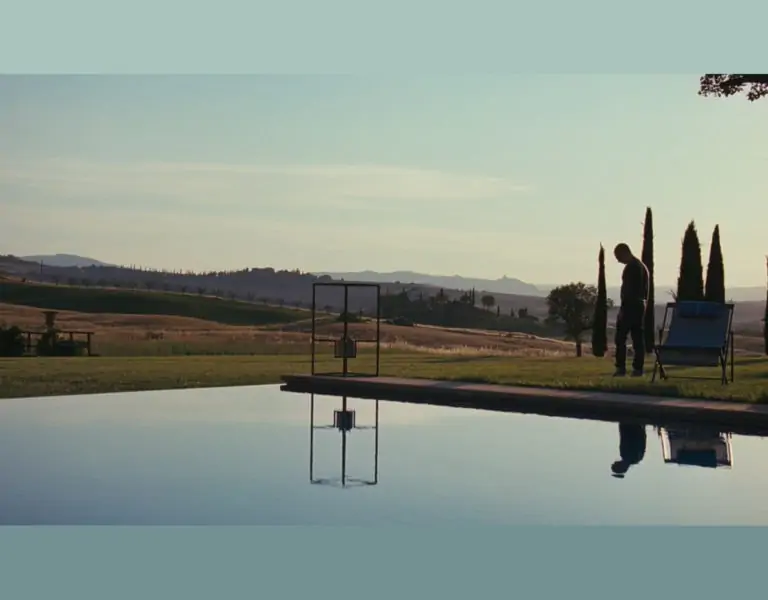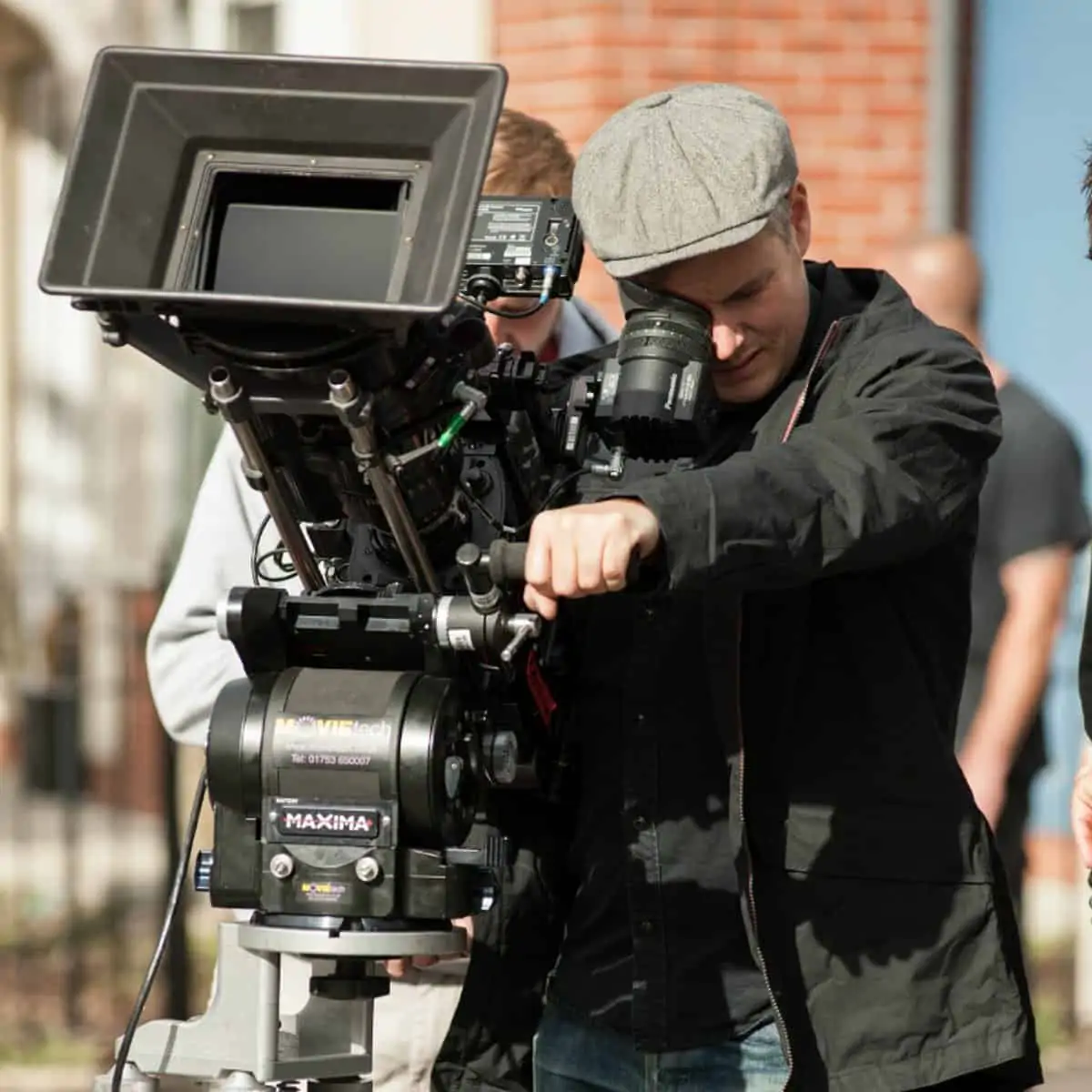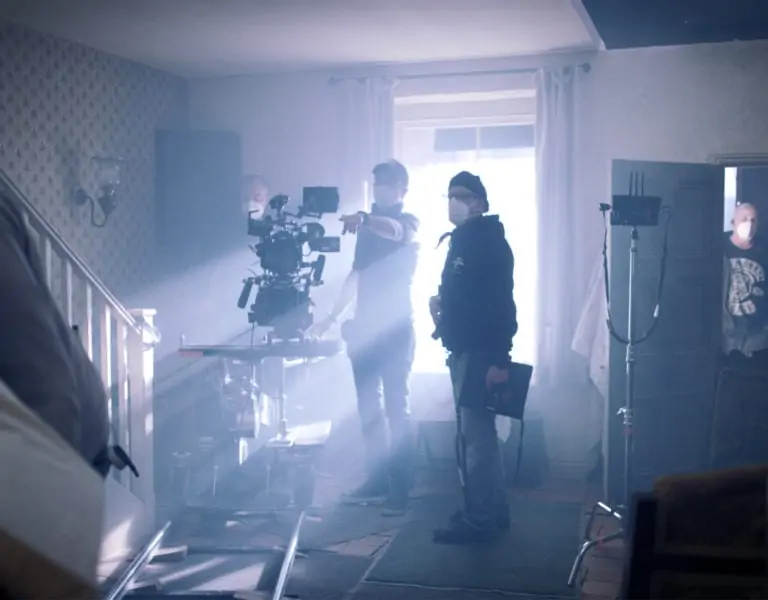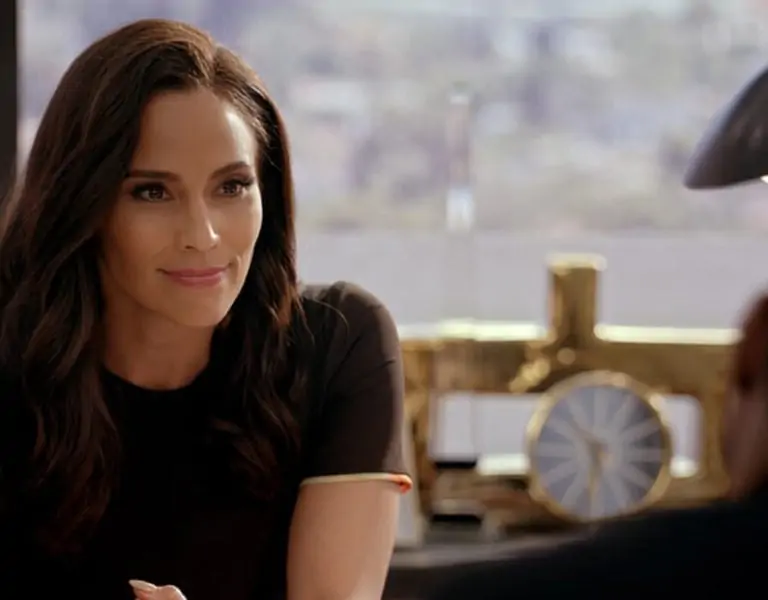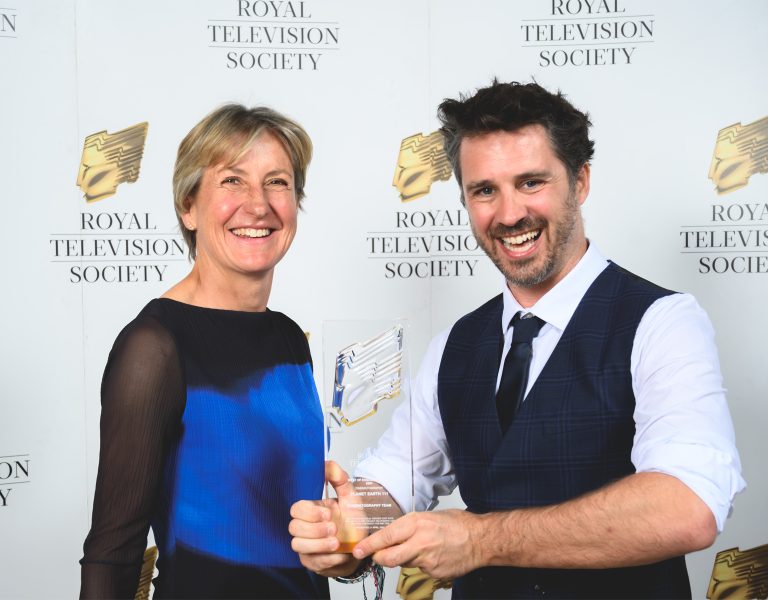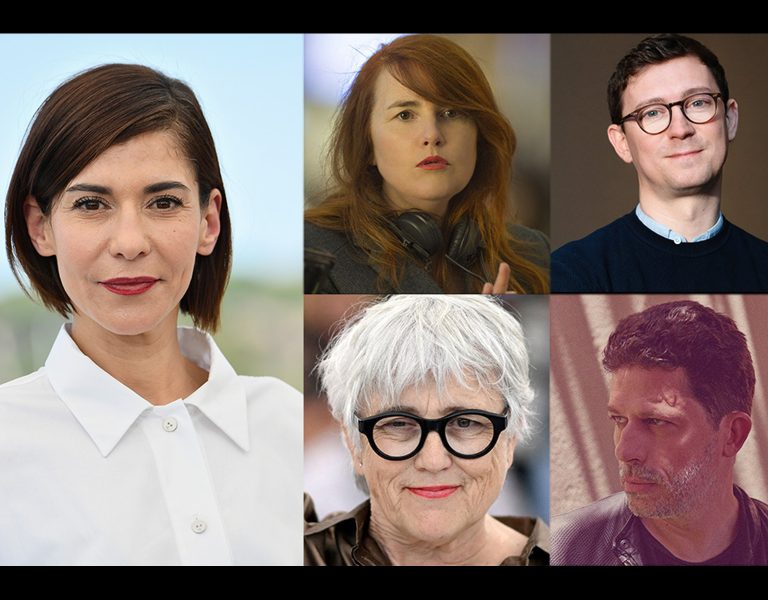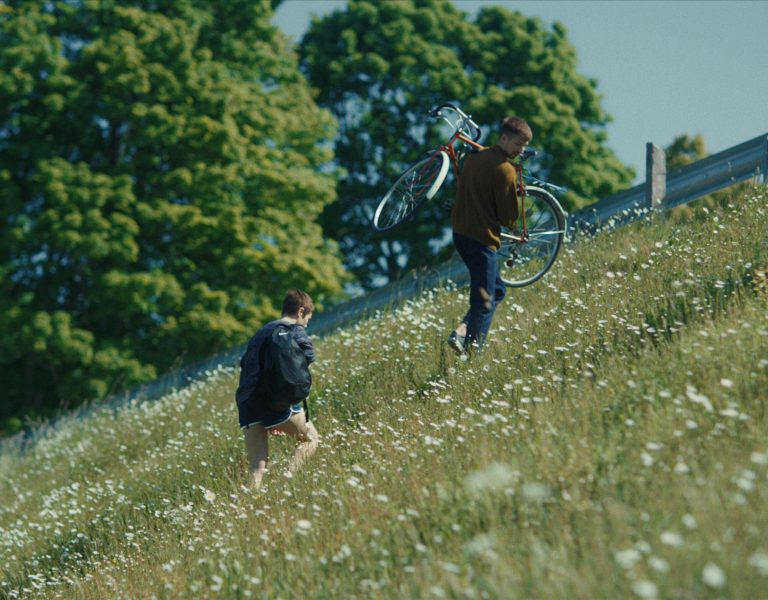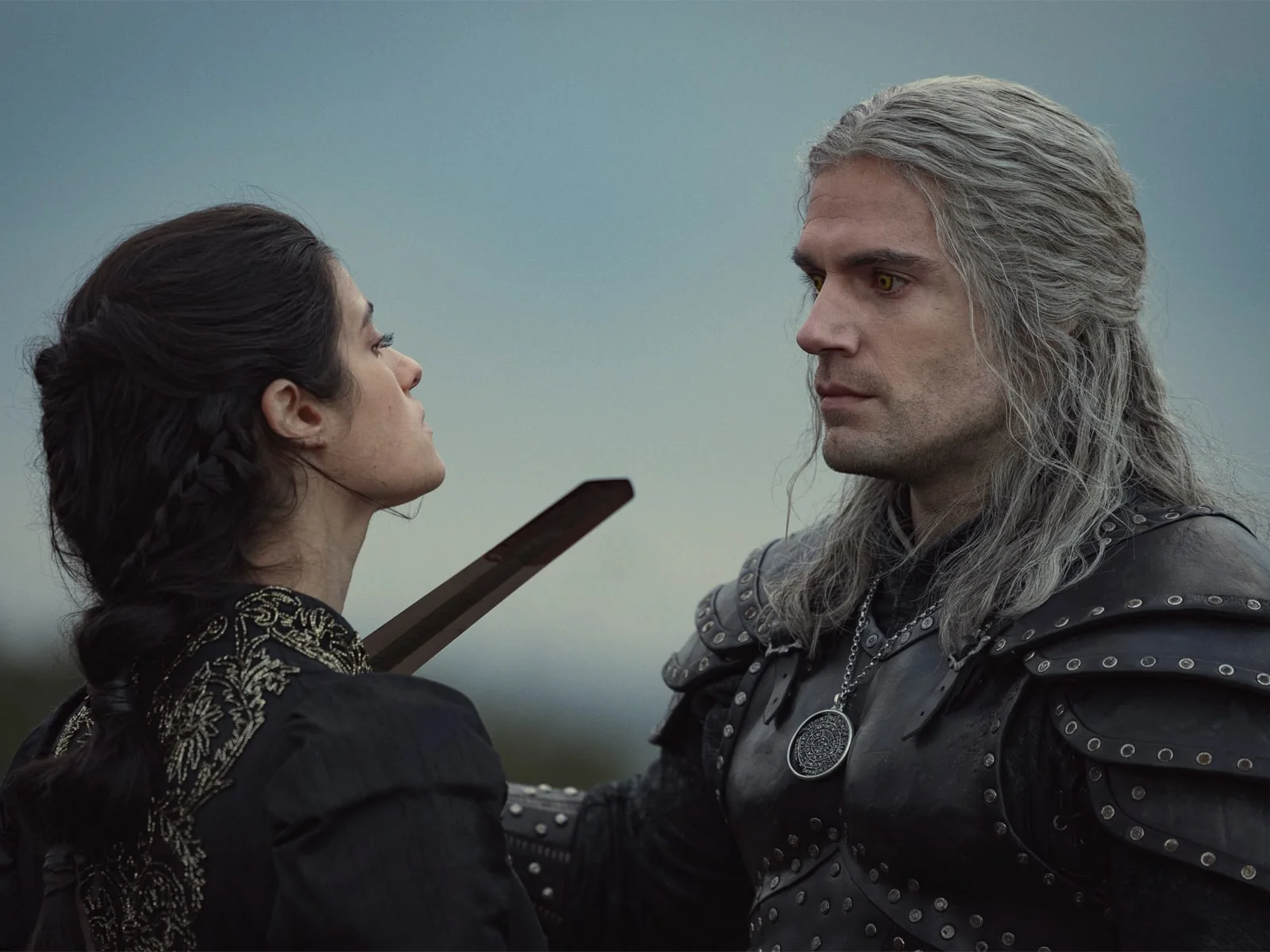
Following the witcher Geralt, a mutated monster hunter who struggles to find his place in a world in which people often prove more wicked than beasts. Convinced Yennefer’s life was lost at the Battle of Sodden, Geralt of Rivia brings Princess Cirilla to the safest place he knows, his childhood home of Kaer Morhen.
While the Continent’s kings, elves, humans and demons strive for supremacy outside its walls, he must protect the girl from something far more dangerous: the mysterious power she possesses inside.
“The Witcher is a story that takes us into extremes of contrast and colour,” begins Goldcrest Post colourist Jet Omoshebi. “That’s why the show’s DPs decided to test a variety of camera systems and lenses to find something that could tackle all of the dynamics of the story.” In post, season two has relied on a DaVinci Resolve workflow for picture post. Cinelab Film & Digital provided digital imaging services with Goldcrest Post completing the conform, digital intermediate (DI) and finishing.

In prep for the shoot, Lacourbas worked with Cinelab to select the correct format and tune the look. The first season was shot on the Panavision DXL2 but Lacourbas and Hissrich wanted to make a change for season two. Tests with the Alexa LF and Sony Venice were reviewed by Omoshebi with a particular focus on how both cameras reacted when reviewing in HDR.
Lacourbas settled on the Alexa Mini LF in open gate mode 4448 x 3096, framed for 2:00.1. The cameras recorded ArriRaw which the Cinelab dailies team offloaded as ArriRaw HDE (.arx) to take advantage of the reduced data footprint. More than 421 hours of dailies totaling 338TBs were processed.

Cinelab also worked with Omoshebi to create the look. They followed an ACES colour pipeline and used two look modification transforms (LMTs) – one for day, another for night – throughout the shoot in a set-to-post workflow followed by the series other DPs Jean Philippe Gossart AFC (episodes 3 and 4) and Terry Stacy ASC (episodes six and seven).
“The initial look was set onset between the DP and DIT before being sent to the near set data manager to balance the colour,” explains Callis-Smith. “The projects were then sent to the dailies team.”
He commends the power of the colour trace function for moving colour information between the dailies colourist and the dailies team. “Especially if they are working in separate locations and don’t have the ability to work collaboratively over a shared project or database.”
DaVinci Resolve’s integration of ACES also made the colour management process incredibly easy. “Its ability to automatically detect raw formats and apply the correct IDT made the process of moving the colour between set and the dailies lab seamless,” says Callis-Smith. “In order to track which LMT was used, the dailies team had to manually input the information into a metadata field which was then exported along with the CDLs into the Avid bins to be tracked throughout the rest of post.”
While Valentina Rutigliano onlined the series in DaVinci Resolve at Goldcrest, Omoshebi graded in DolbyVision from extracted 4K EXR files in ACEScct.
“The key challenges for me, as always, was to glue to the various components together, make the VFX sit in seamlessly and follow the subtler emotional beats of the story,” reveals Omoshebi. “The story is very fast moving with many different locations to consider and it was important to enhance and contrast these different worlds.
Adding: “A percentage of the scenes are built sets, so grading helped to keep these looking used and lived in. With three different but complimentary DP’s working in blocks meant having to keep an eye on continuity for an overall cohesive look.”

“Grading at 4K calls for things to be very precise,” says Omoshebi. “Without Resolve’s tracking I’d be lost! There is a fair amount of close roto work to do. We wanted to make the most of the HDR grade and push it where we thought necessary. However good the SDR translation is, there are optimal levels for highlights and shadows to get the best analysis and the implementation of version four DolbyVision tools in Resolve were very handy.”
“In all episodic grading having quick access to all the stills from previous episodes is essential. I use the Powergrade Album stills and the LightBox in almost constantly and any reoccurring settings could be stored and referenced quickly. We also use Powergrade Albums for communicating as a dept and grades, mattes and online fixes could be stored and accessed by the whole team.”
Given the ambition of the show, there was a very tight schedule.
“Although the time allowed for grading was generous in UK drama terms, it was still a very tight schedule for the amount of shots and the high ambition of the show,” explains Omoshebi. “There was a lot of problem solving as with any high concept show and so any added value I could supply in the grade such as lens blurs, flares and lighting effects were always welcome.”
“There are so many great moments in the series but I love when we escape to other dimensions and the grade can really be pushed out of reality. No spoilers but look out for some very apocalyptic horsemen,” concludes Omoshebi.
The Witcher season two is currently streaming on Netflix and was shot by Romain Lacourbas ASC, AFC for show runner Lauren Schmidt Hissrichon.

